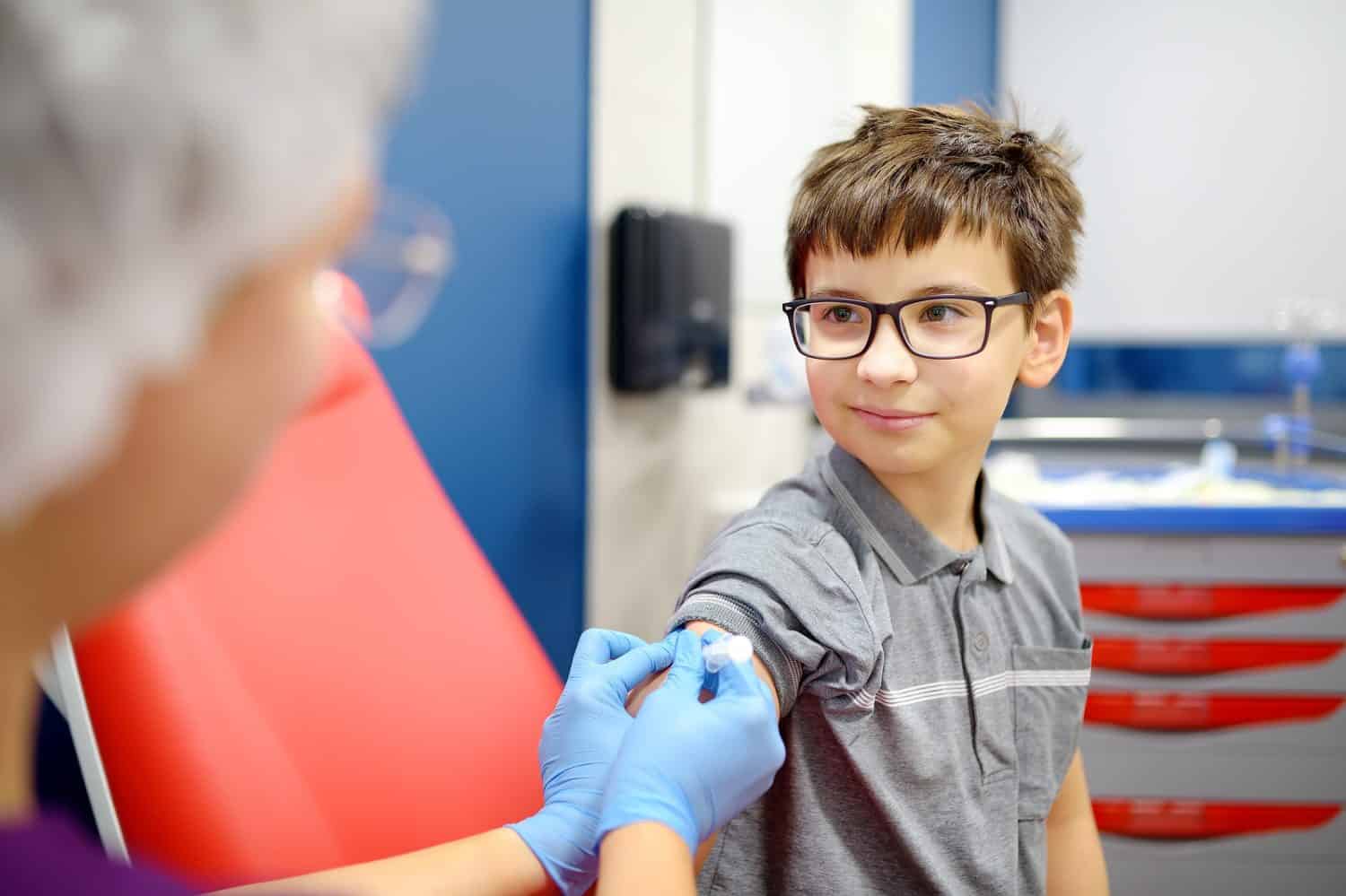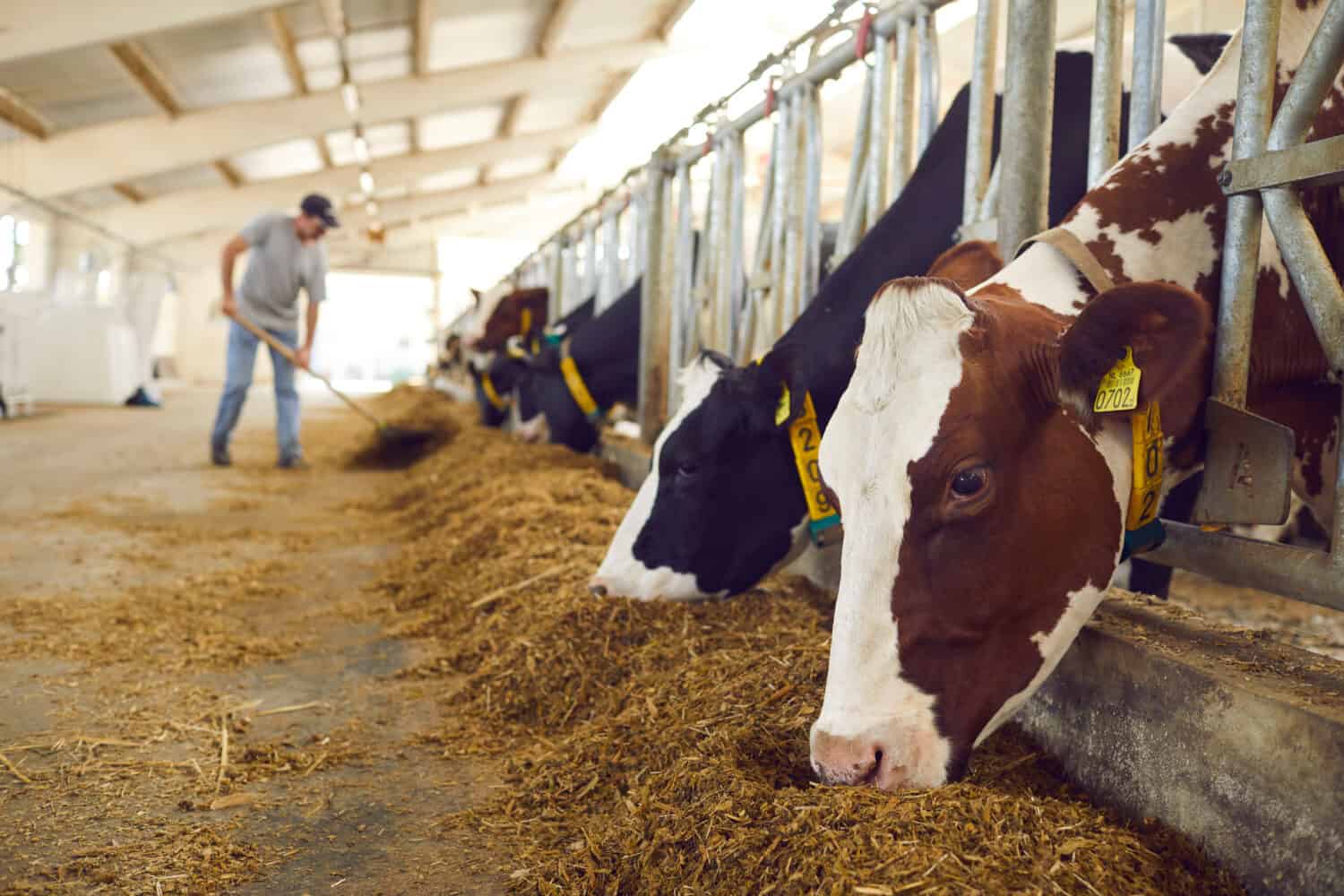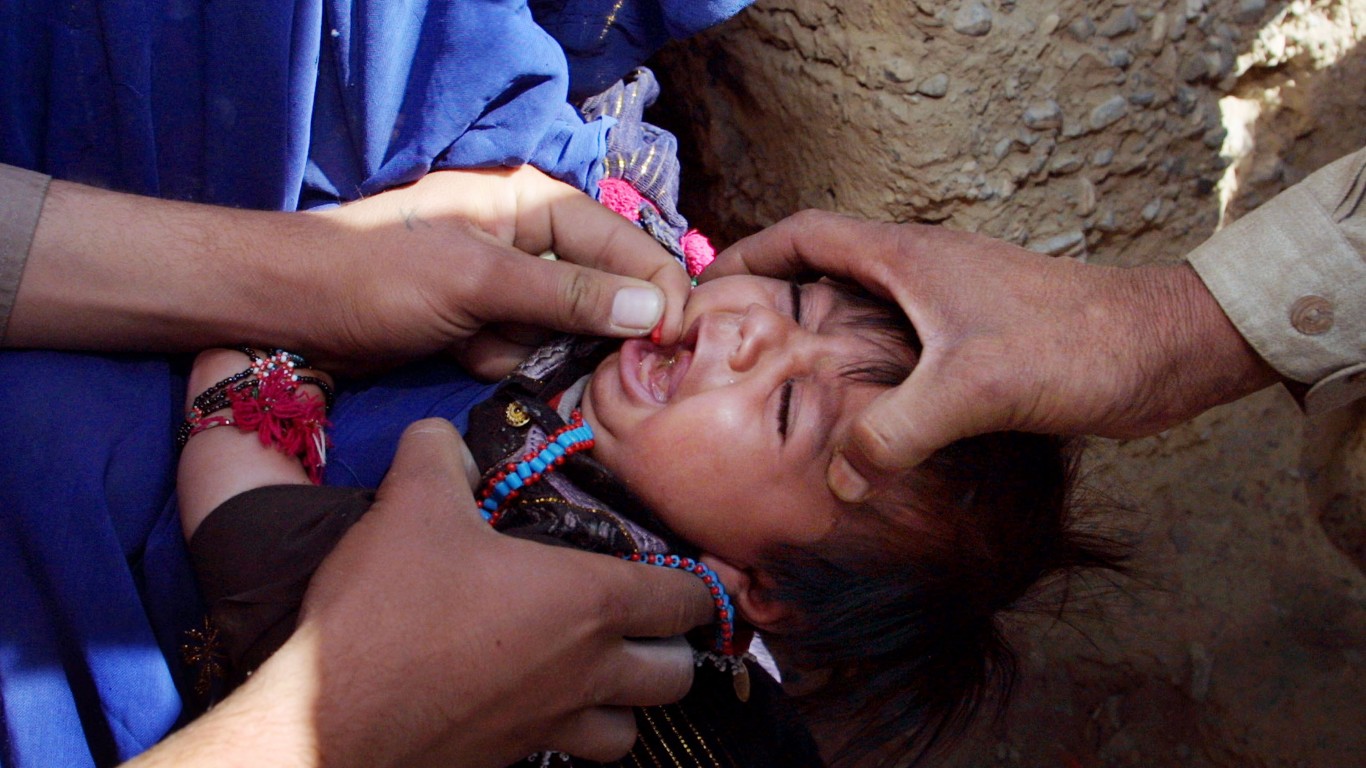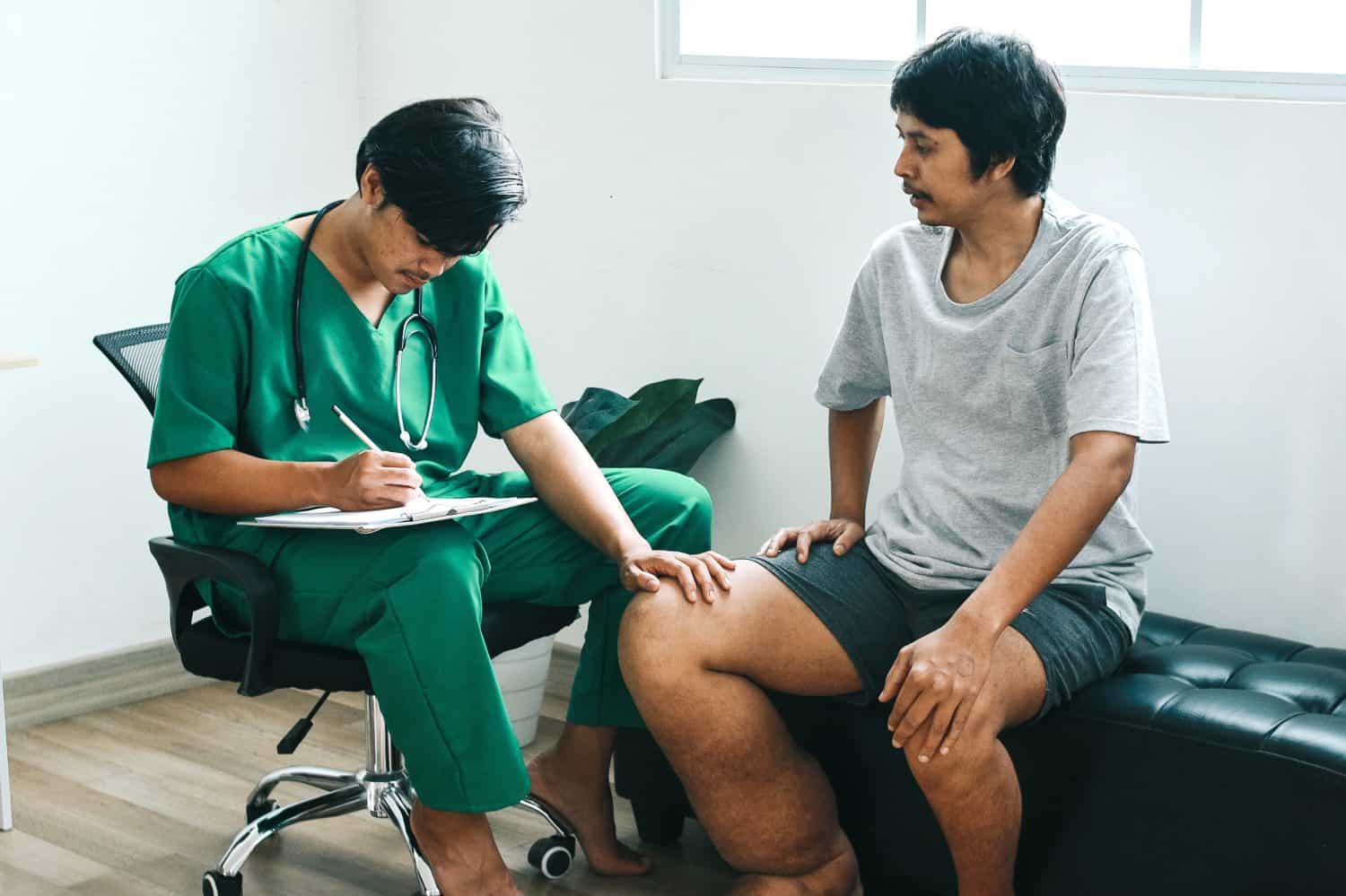Health and Healthcare
These Diseases Have Been Eradicated by Science. Which Ones Are Next?

Published:

Medical science has made astounding breakthroughs over the past century. With the advent of AI and quantum computing, there’s no telling how much more exponential progress researchers will make even in our own lifetimes. Two diseases have already been eradicated, and others are on their way out. This is an area of hope at a humanitarian level, and an investment opportunity for people wanting to be at the cutting edge of a profitable industry. The information in this article is courtesy of the International Task Force for Disease Eradication, the Centers for Disease Control and Prevention, and the World Health Organization.
24/7 Wall St. Insights

The main way researchers eradicate diseases is by formulating a vaccine against them and then getting the funding and political cooperation to vaccinate large numbers of vulnerable people. However, for diseases caused by parasites instead of viruses, it’s also possible to eradicate a disease by doing things like providing affected populations with clean, filtered water and teaching hygienic practices.

Smallpox is a viral disease that causes fever, vomiting, mouth sores, blisters that scab and leave scars, and sometimes causes blindness. It was recorded in history as far back as ancient Egypt, but it’s estimated that 300 million people died of it in the 20th century alone. Vaccination programs wiped the disease out by 1977 and it was declared officially eradicated in 1980.

Rinderpest is a contagious disease also known as cattle plague. Animals with cloven hooves are vulnerable to it. In the 1920s farmers began quarantining and slaughtering animals with it. After a vaccine was developed in 1960, programs to vaccinate cattle finally eradicated the disease. The last case occurred in Africa in 2003 and in 2011 authorities declared rinderpest officially eradicated.

A disease is potentially eradicable if it is an infectious disease and we have ways to prevent or treat it. Diseases that meet these criteria could be more or less eradicable depending on how many different pathogens cause the disease, how many different hosts can carry the pathogens, and whether the symptoms are easy to identify.
Healthcare experts also look for diseases that have been successfully eliminated in some regions, that have high costs to society, and situations where political support and financial resources are available to combat them. Some of the last holdouts of serious diseases are remote and underdeveloped countries and places that are experiencing civil unrest, where it is difficult to complete vaccination programs

Polio is a highly infectious disease passed by a virus. It mainly affects children under 5 years old. It damages the central nervous system, leading to paralysis for many victims. Intense vaccination efforts since 1988 have reduced the number of cases from 350,000 to just 6 in 2021. Two strains of polio have been eradicated and a third is now found only in Pakistan and Afghanistan.

Guinea worm disease is spread by a parasite. After people drink infected water, the larvae hatch in the body and the worms can grow up to 3 feet long. They burrow out of the body after a year or so. There is no vaccine or medication for the disease. Instead, it must be prevented through good hygiene, water decontamination, and health education. In the 1980s, about 3.5 million people had the disease. By 2023, that number had been reduced to just 14 cases in 5 African countries.

Also known as elephantiasis, lymphatic filariasis results from infection with roundworms whose eggs are transmitted through mosquito bites. The infection causes disfiguring swelling of the limbs. It can be treated with chemotherapy to kill the parasites before this damage can be done. Today about 120 million people in the tropics worldwide are affected by this disease.

Taeniasis or cysticercosis is a tapeworm infection acquired by eating undercooked beef or pork. The worms can infect any part of the body, including the brain and central nervous system. This is a major cause of epileptic seizures and blindness in people who live in less-developed parts of the world. Anywhere from 2.5-8.3 million people suffer from this parasitic infection. The cycle can be interrupted through medication, preventative chemotherapy, vaccinating swine, and improved hygiene and food safety practices.

Measles is a viral disease that affects mainly children. It infects the respiratory tract and causes a fever, cough, runny nose, and rash all over the body. It can result in severe complications like blindness, encephalitis, and pneumonia. Before the development of a vaccine in 1963, it killed 2.6 million people a year. The disease is resurging because of an interruption in immunization efforts during the COVID-19 efforts and vaccine skepticism. Worldwide, 136,000 people, mainly small children, died of measles in 2022.

Mumps is a viral infection of the salivary glands that causes painful, puffy swelling of the jaw swelling, fever, fatigue, loss of appetite, and headache. It can cause dangerous inflammation of the brain. Children, college students, and healthcare workers are most at risk. Since the United States began vaccinating for mumps in 1967, cases have declined 99%.

Rubella is also known as “German measles” but is caused by a different virus than measles. It causes a low fever, sore throat, and body-wide rash. 70% of women who contract rubella may develop arthritis from the infection. In the United States, the MMR vaccine protects children from measles, mumps, and rubella. As a result of widespread vaccination, rubella is no longer endemic in the United States but sometimes a few cases reappear when travelers get infected abroad.
Thank you for reading! Have some feedback for us?
Contact the 24/7 Wall St. editorial team.